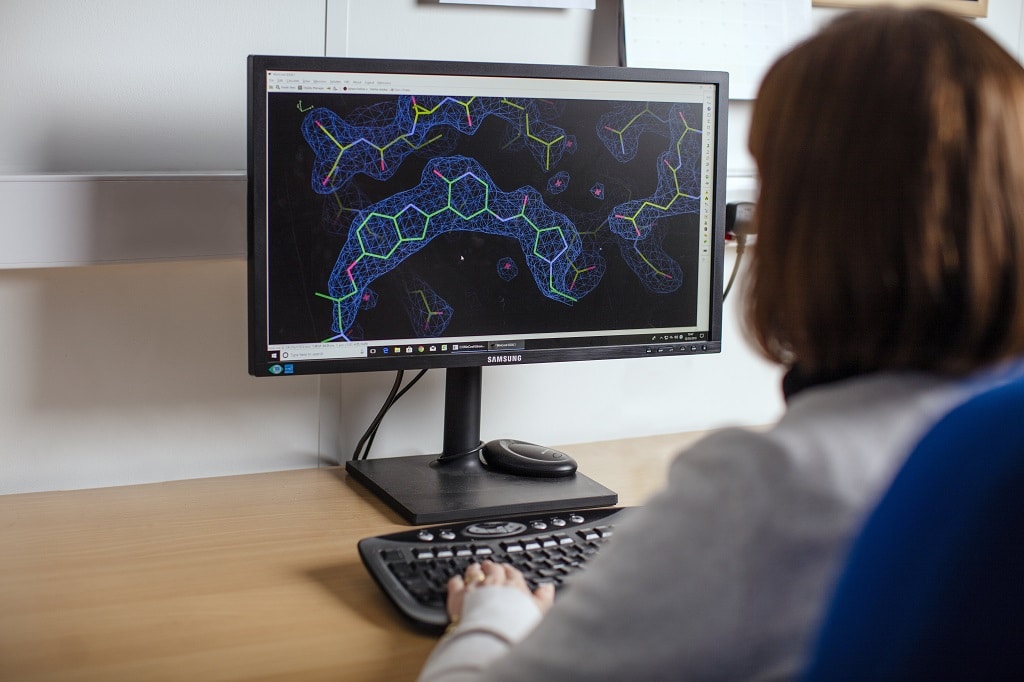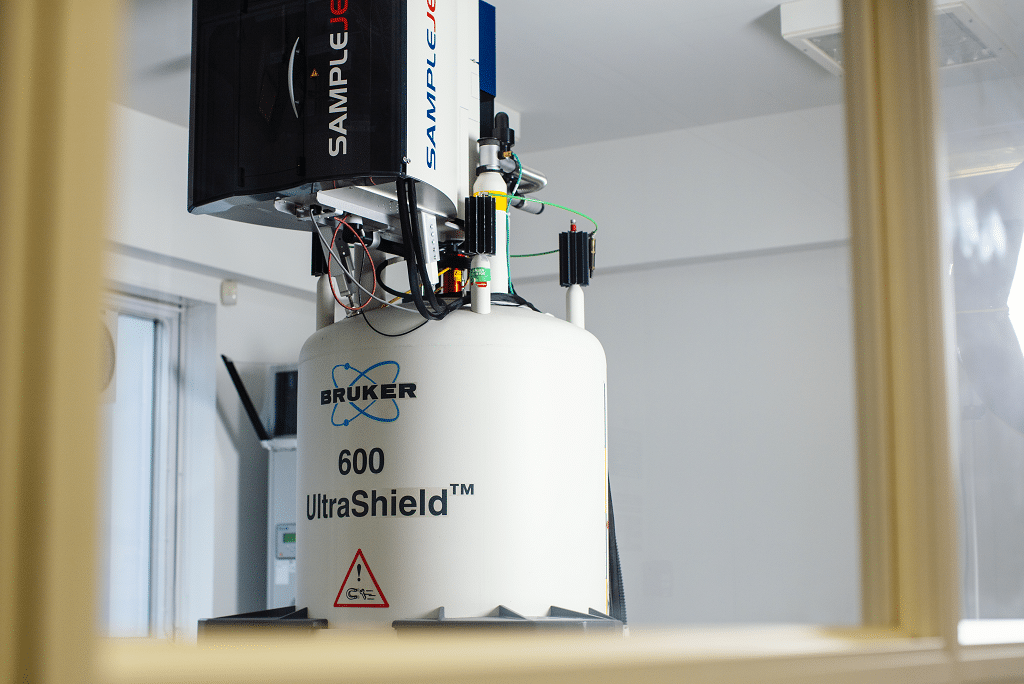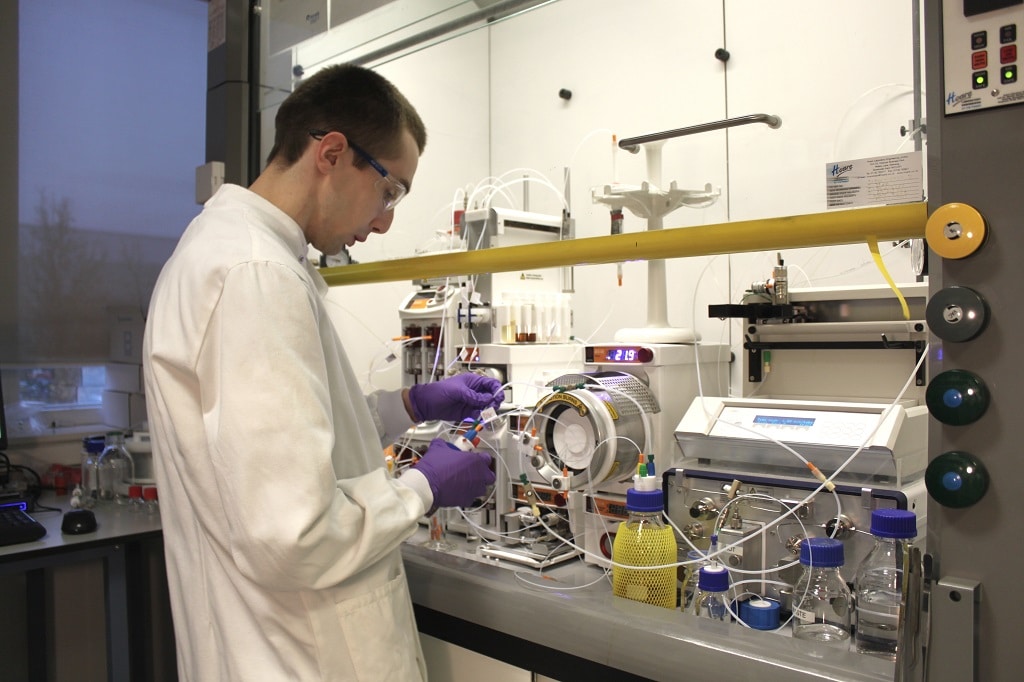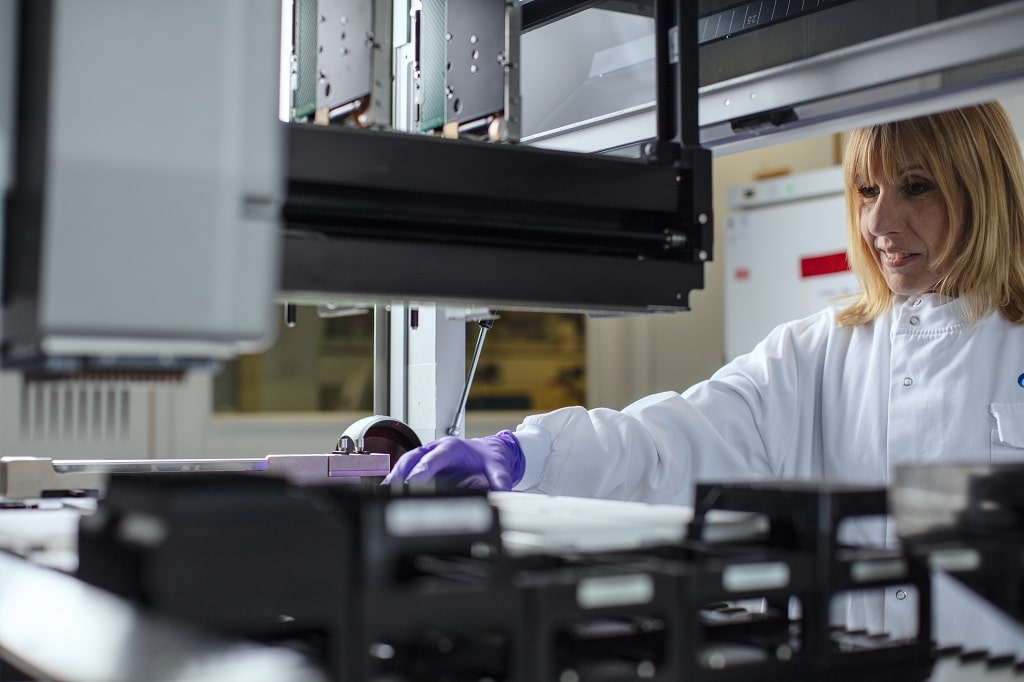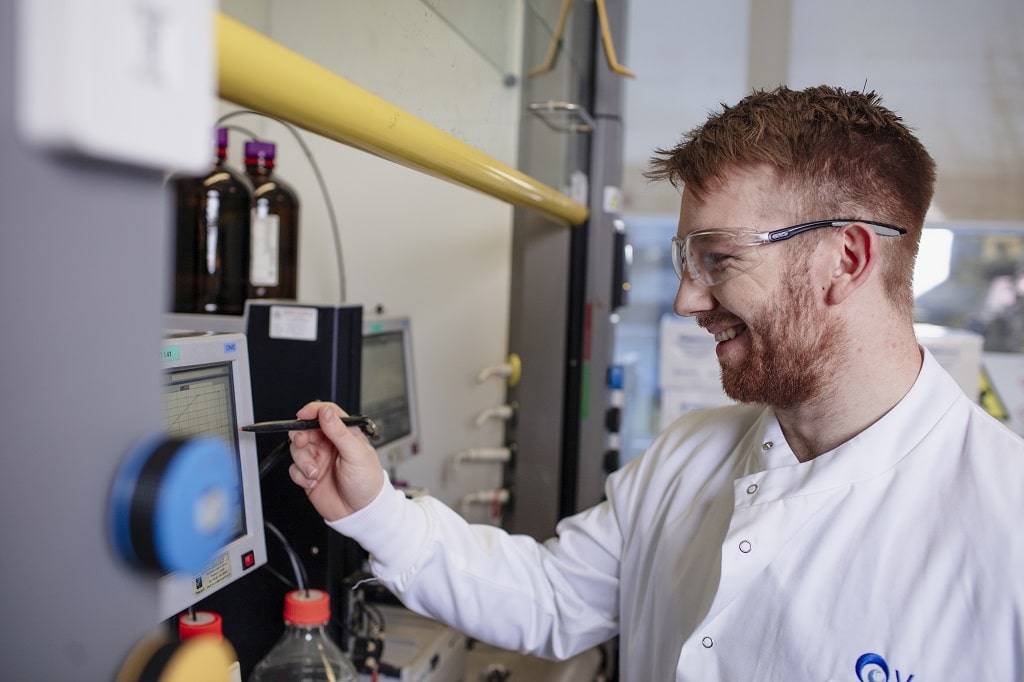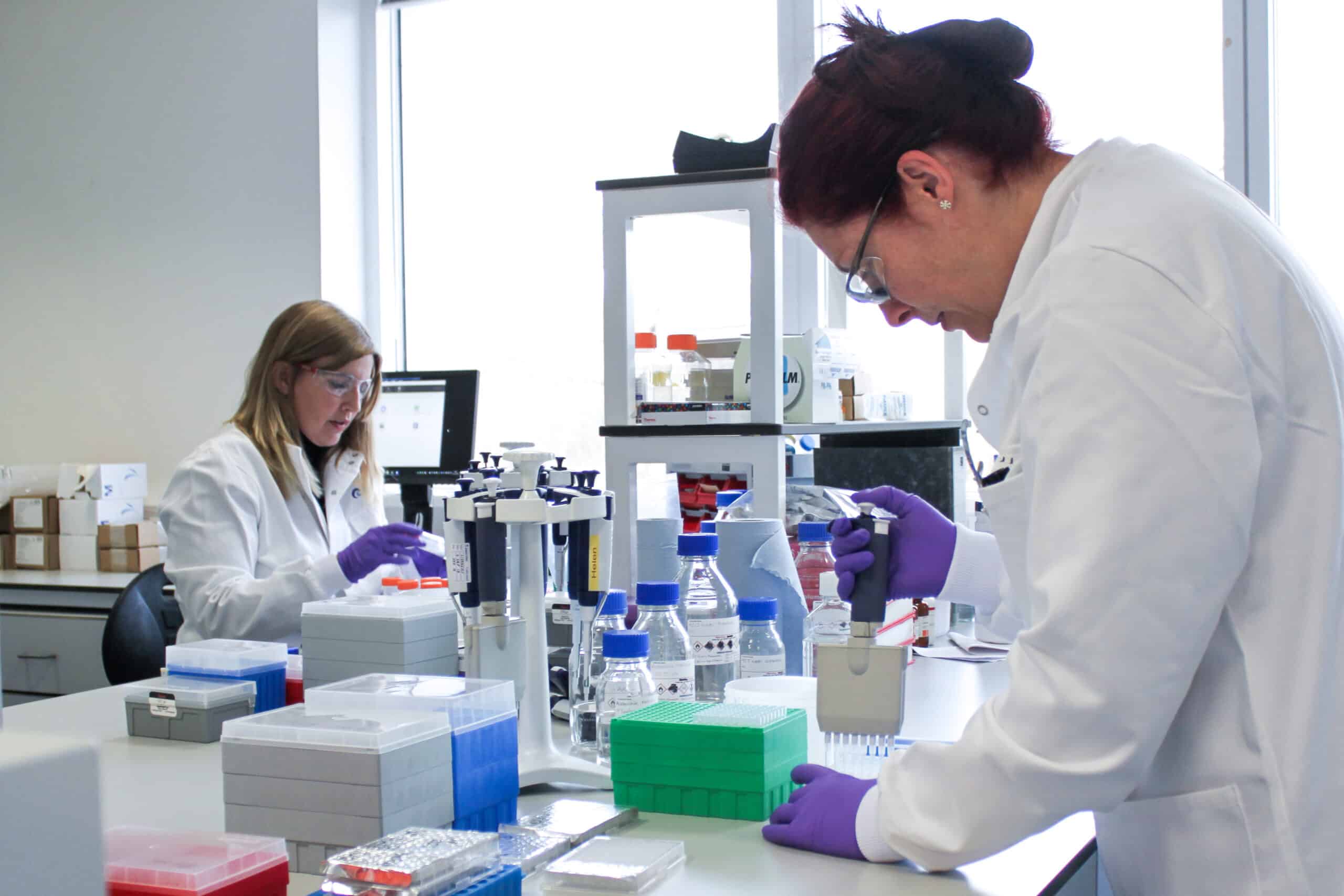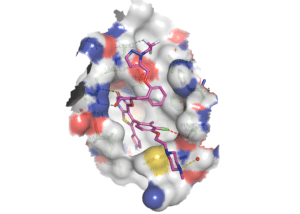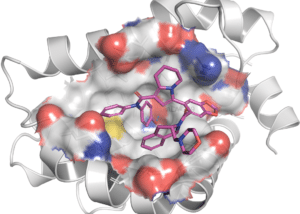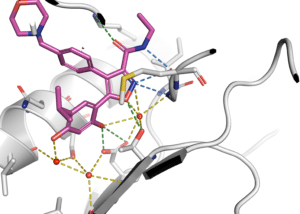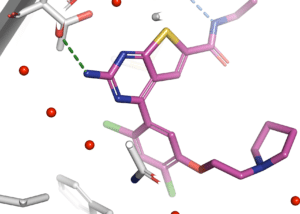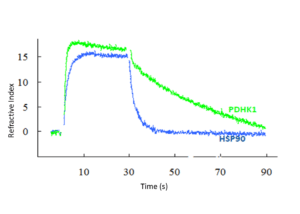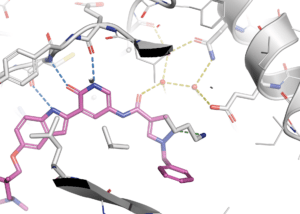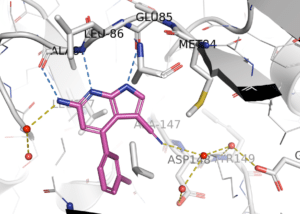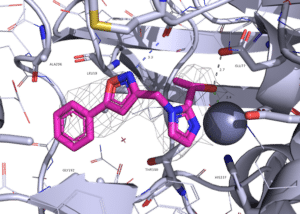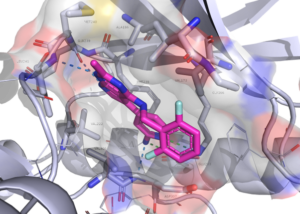Technology
We integrate fragment-based approaches, structural biology, biophysics, assay technology and molecular modelling with extensive synthetic organic and medicinal chemistry expertise to enable drug discovery on both established and novel targets. This requires a deep understanding of the techniques involved and a cautious interpretation of data; an approach grounded on two decades of developing and applying fragment-based lead discovery to challenging targets.
We have a strong, interdisciplinary team with expertise in:
- Fragment screening
- Protein engineering, expression and purification
- Structural biology – X-ray and NMR
- Biophysics – NMR/ SPR/ ITC/ MST/ DSF
- Cellular and biochemical assay development
- Medicinal, synthetic organic and analytical chemistry
- Cheminformatics and computational chemistry
- DMPK
Research case studies
We have developed and applied the most appropriate methods to solve problems in drug discovery, with an emphasis on structure- and fragment-based approaches.
Fragment-based discovery identifies low molecular weight molecules which make key interactions with their target binding site. Fragments provide a range of efficient starting points from which potent ligands, and eventually drugs, can be developed. Over the past decade, we’ve developed our proprietary library of fragments, successfully applied to more than 20 targets. Our library is typically screened using NMR spectroscopy, with the structure of bound fragments determined by X-ray crystallography (Hubbard, R. E. et al., Curr. Top. Med. Chem. 2007).
We have pioneered the use of off-rate screening (ORS) to kinetically sample hit-to-lead chemical space, combining our expertise in cheminformatics, compound library synthesis and use of surface plasmon resonance (SPR), to enable screening of unpurified reaction products. This has been applied to the rapid generation of lead compounds from fragment hits without purification of compound libraries or the use of protein structure (Murray, J. B. et al., J. Med. Chem. 2014).
Key to many of our projects is target enablement – devising innovative methods to solve problems in exploratory research to establish a robust platform for drug discovery on a target. We then combine structural, thermodynamic and kinetic information to design novel potent drug-like molecules. Examples include generation of lead compounds that inhibit protein-protein interactions, ATPases and kinases, leading to pre-clinical candidates for Mcl-1, Bcl-2, Hsp90 and Chk1. There are also published examples of how our approach identified novel zinc-chelating lead compounds for LpxC, using our expertise in protein engineering, expression and crystallography to generate Chk1-derived surrogates of LRRK2 and use of our ORS technology in the identification of novel inhibitors of PDHK.

